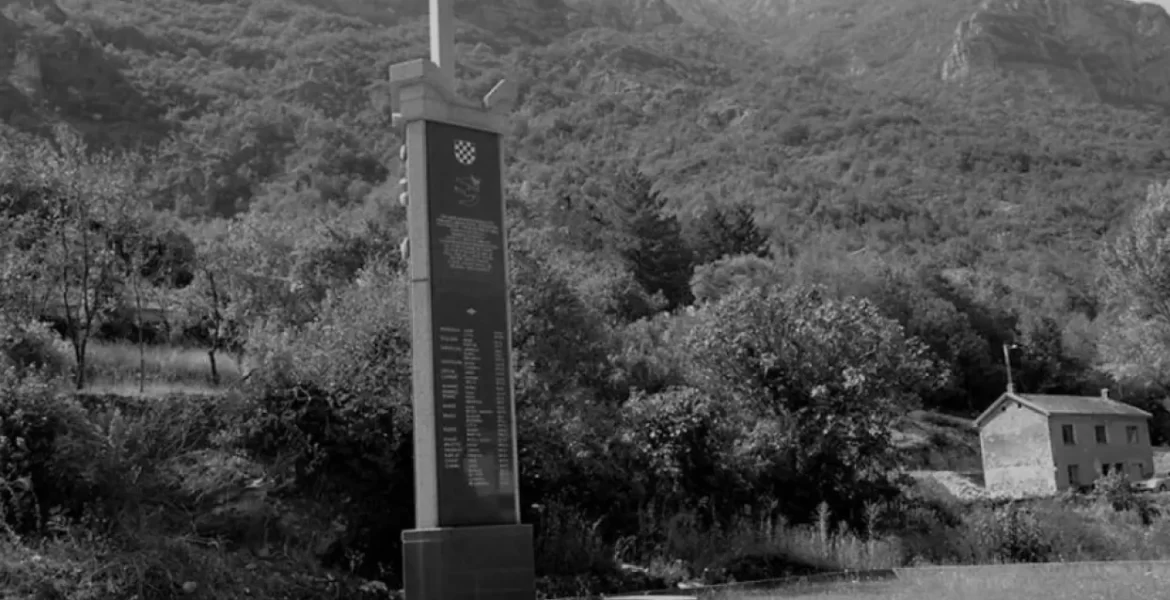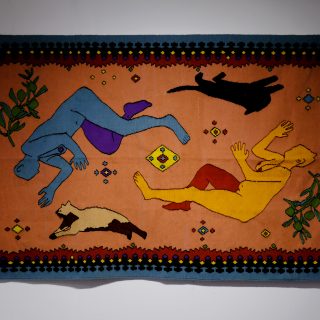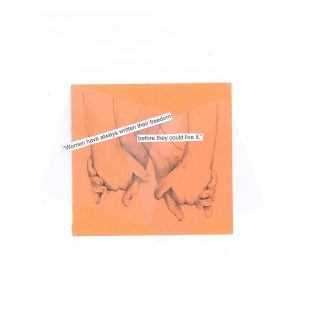Any memory of a war crime carries its own graveness, however, the graveness of the suffering of Grabovica adds an additional aspect of bitterness due to the context in which this crime happened. This village was not the scene of fights, victims were not killed by crossfire, but were rather killed in their own homes and in the yards of those that were supposed to protect them. The war crime committed in Grabovica will remain part of the most shameful war crimes, for which no excuse is sufficient.
The village Grabovica is located near Jablanica, which back then used to be one of the refugee centres in Herzegovina. Members of the Army of the Republic of Bosnia and Herzegovina killed 33 civilians in this area on September 8 and 9, 1993, during the military action of the Army of the Republic of Bosnia and Herzegovina under the code name ”Neretva 93”.
Additional seriousness of the crime committed in Grabovica lies in the fact that this village had been under the control of the Army of the Republic of Bosnia and Herzegovina for a longer period of time and that this is a case of a war crime in which the war criminals first enjoyed the hospitality of those they would eventually kill. This is the element that makes it even more macabre and brutal after an apparent peace and coexistence. This is also one of those crimes in case of which the responsibility has not been fully verified. However, in spite of this, Grabovica has never garnered the publicity it was supposed to.
The mortal remains of many victims have still not been found. The youngest victim was Mladenka Zadro, four years old, while the oldest victim was a grandfather, Marko Marić, who was 87 years old when he was killed. A total of five persons were convicted before domestic courts. Mustafa Hota was convicted to a nine-year prison sentence, Enes Šakrak to a ten-year prison sentence, while Nihad Vlahovljak, Sead Karagić and Haris Rajkić were convicted to a 13-year prison sentence each. The International Criminal Tribunal for the former Yugoslavia acquitted the chief of staff of the supreme command of the Army of the Republic of Bosnia and Herzegovina, Sefer Halilović, in a final sentence in case of ”Grabovica”, because it was unable to prove that he was guilty of this massacre. The failure to determine the command responsibility leaves everyone, and especially the families of the victims, with a feeling of unfinished justice, which happens frequently in Bosnia and Herzegovina.
In spite of this, part of Bosnia and Herzegovina also engages in building a culture of remembrance. These persons are actively engaged and willing to be part of a collective discussion of our past. Activists of the Youth Initiative for Human Rights (YIHR) play an important role in scaling up this process to a macro level within the Bosnian and Herzegovinian society. The education of new generations is the only path to create a solidary society. Youth activists from YIHR and similar organisations are aware of this.
Efforts are also invested in building a culture of remembrance in the eastern part of Bosnia and Herzegovina, by a city that experienced all possible war atrocities. Several years ago, the Memorial Centre in Srebrenica included the massacre committed in Grabovica in its Days of Remembrance. The centre from Potočari thus officially emphasized its empathy with this Herzegovinian village.
Facing the past is and should be an imperative of Bosnia and Herzegovina, primarily in order to achieve justice and ensure human dignity. Admitting the suffering faced by all victims of war from the 1990s can lead to the building of a healthy identity, both at individual and collective level.
It is not only a matter of ethics, but rather a fundamental pre-requisite for peace and prosperity, i.e. a path that does not have an alternative direction. It is a fact that building such a society is a difficult and lengthy process, but it is also needed in order to close the circle of conflicts, lack of trust and national turmoil. In a contrary case, we will continue doing this for another 30 years.
The text was co-authored in cooperation with the Tačno.net.




